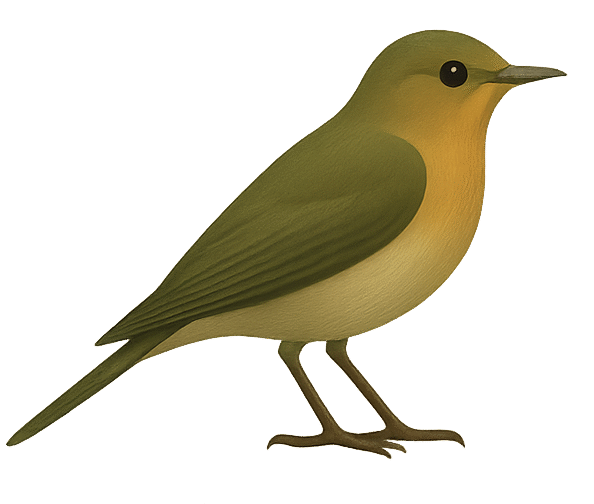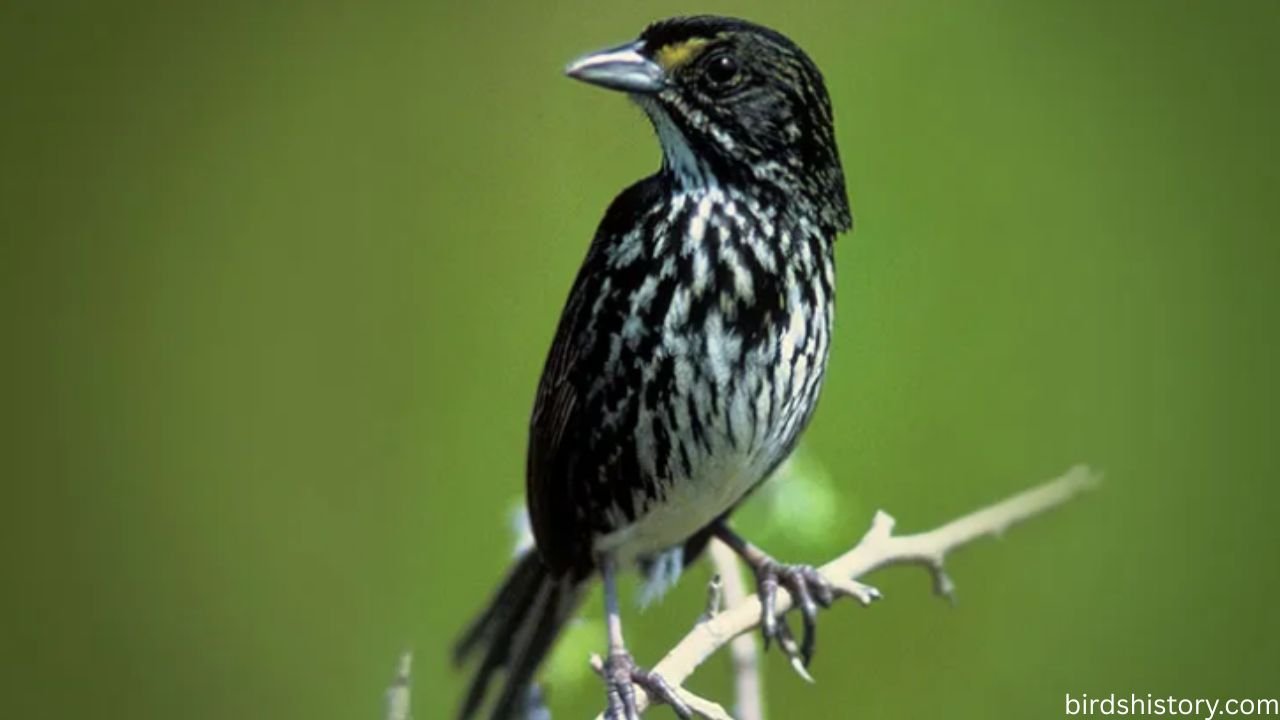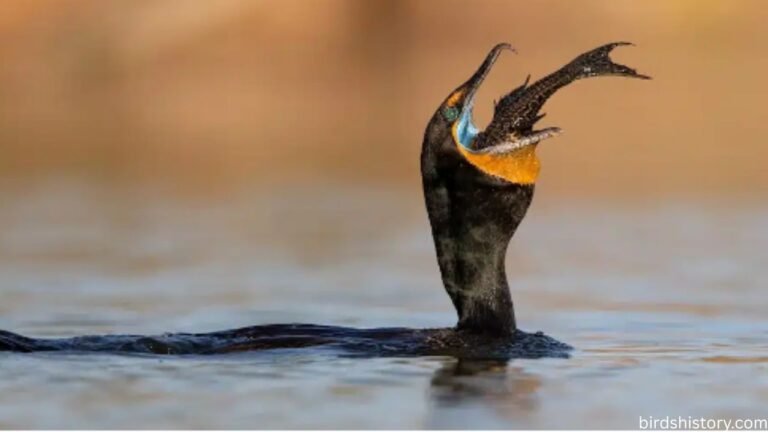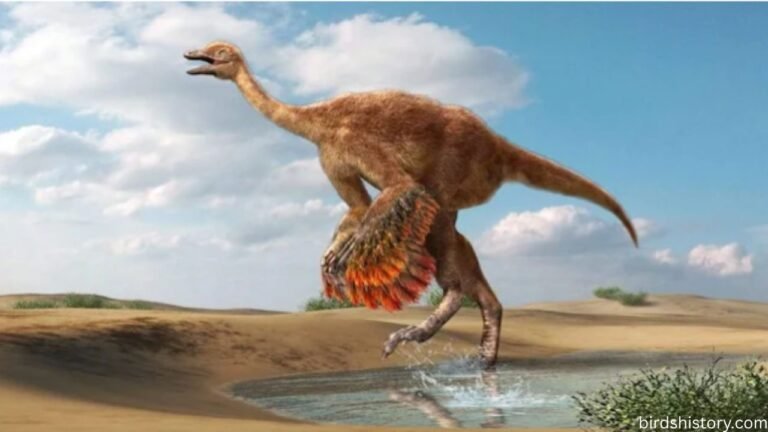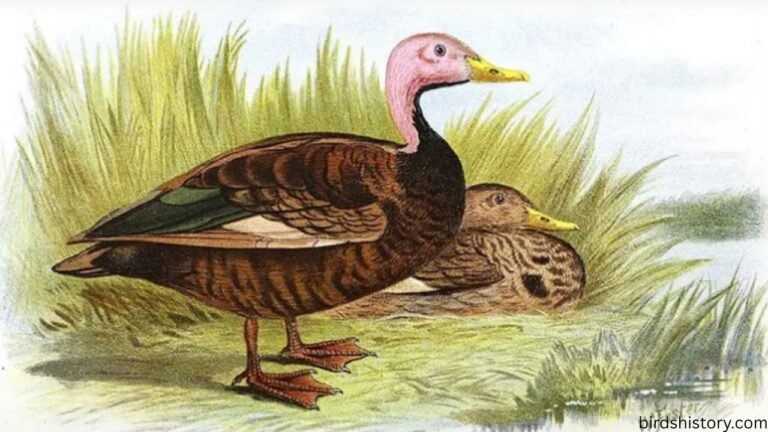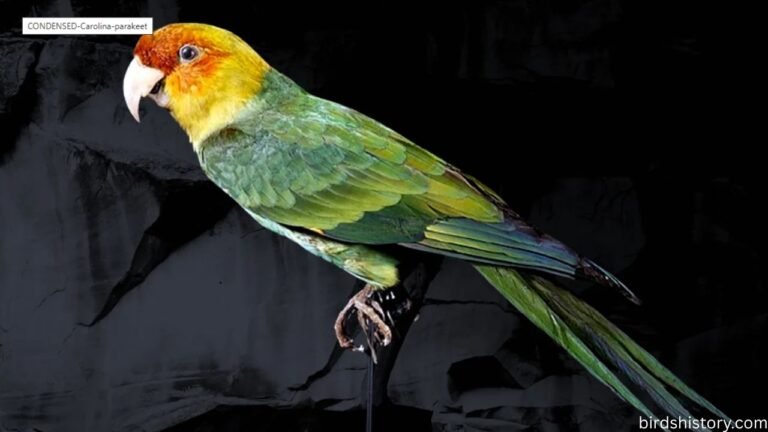Dusky Seaside Sparrow: A Sobering Story of Loss & Lessons
The Dusky Seaside Sparrow (Ammospiza maritima nigrescens) was a small songbird that lived only in parts of Florida’s salt marshes. It stood out because it never migrated, it had a unique song, and its extinction is among the best documented in recent U.S. history. One surprising fact: by the time people realized how critical its decline was, there were only male birds left.
Dusky Seaside Sparrow Taxonomy / Classification
- Common Name: Dusky Seaside Sparrow
- Scientific Name: Ammospiza maritima nigrescens
- Family: Passerellidae
- Order: Passeriformes
- Class: Aves (birds)
Also read: /bali-starling/
Dusky Seaside Sparrow Physical Description
Because the Dusky Seaside Sparrow is extinct, much of its appearance is reconstructed from museum specimens and historical observations.
- The plumage was noticeably darker than many other seaside sparrows. Its back was dusky, meaning dark grayish-brown, with heavy streaking on the chest.
- It was non-migratory and relatively small, much like other seaside sparrows; behavior and size consistent with marsh dwelling sparrows.
- No strong sexual dimorphism was well documented. Males and females look similar in many sparrow species; for the Dusky Seaside Sparrow, differences (if any) were minimal or not clearly recorded.
- The bird had a pointed bill suited for its marsh habitat, allowing it to forage among grasses and soil at marsh margins.
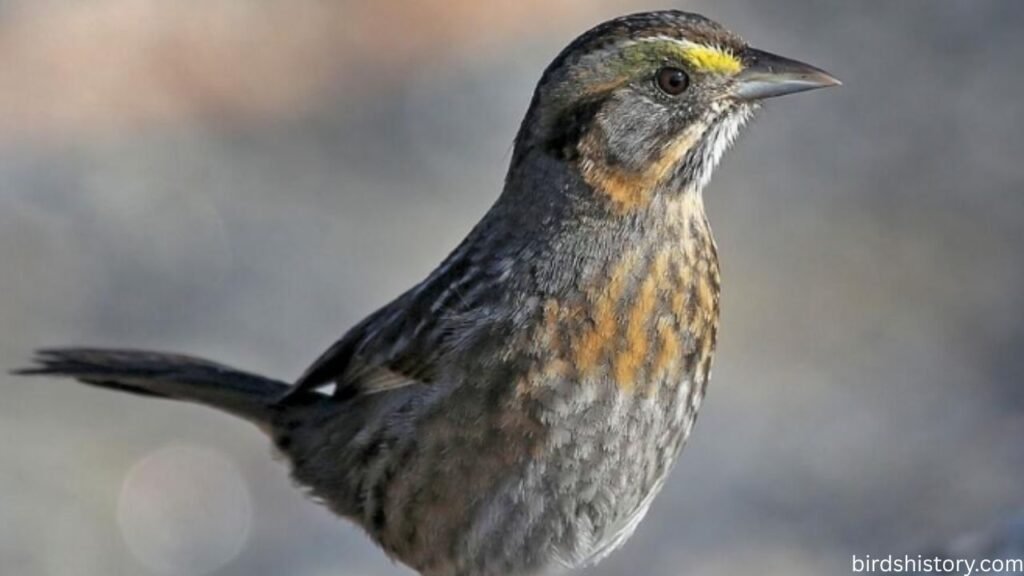
Habitat and Range
- This sparrow lived in southern Florida, specifically in the salt marshes of Merritt Island and along the St. Johns River.
- It was non-migratory; it stayed in these coastal marshes year round.
- Its preferred habitat included marshes with cordgrass, especially Spartina bakeri (or Spartina alterniflora in some marsh types) and similar grasses. These grasses provided nesting material and structure.
- Elevation and moisture were critical. The suitable cordgrass habitats existed within a narrow moisture range; if marshes were too flooded or too dry, they did not support this species.
Dusky Seaside Sparrow Diet and Feeding Habits
- The diet was typical for seaside sparrows: insects, small invertebrates, and other marsh-dwelling creatures. Though exact studies of feeding weren’t plentiful for this subspecies.
- The bird foraged among cordgrass and marsh flora, picking up prey from the ground, probing muddy or sandy substrate where water levels permitted.
- Because their range was limited, changes in prey availability (from habitat alteration or pollution) could have large effects.
Behavior and Lifestyle
- The Dusky Seaside Sparrow was solitary in some respects (non-migratory, limited range) but likely used the salt marsh structure to hide, nest, and forage.
- Vocal behavior was distinct: it had a song different from other seaside sparrows, often described as buzzing or with insect-like qualities. That song helped distinguish it in recordings or field observations.
- Because males remained after females disappeared, behavior like territorial calling may have been preserved in the remaining males, but mating rituals etc. could not proceed.
- Nesting was in cordgrass stands, building nests attached to the grasses relatively close to the ground.
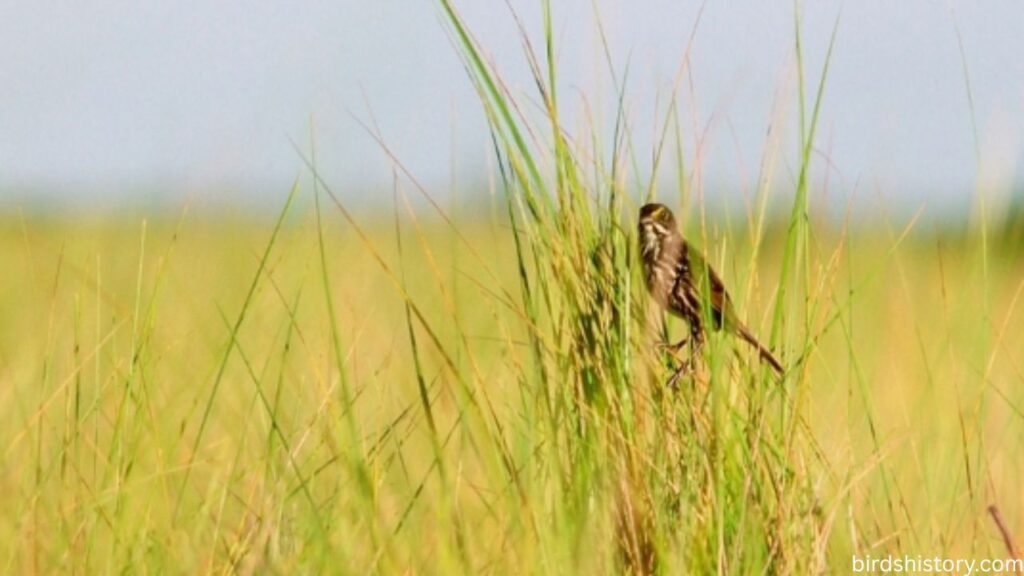
Dusky Seaside Sparrow Reproduction and Lifespan
- Reproduction: The Dusky Seaside Sparrow likely followed patterns similar to other seaside sparrows: breeding season during warm months in Florida, when marsh grasses are active. Nests in cordgrass, clutch size two to five eggs is typical for related subspecies. But specific numbers for the dusky are not well documented.
- The problem was that by the mid 1970s, no females were reliably observed (the last female was sighted around 1975) so actual breeding could not continue in pure form.
- Lifespan in the wild or captivity is not well known. One male, nicknamed “Orange Band,” lived in captive conditions (on Discovery Island) for several years (estimates vary between 8 to possibly 13 years) before he died in 1987.
Predators and Threats
- Natural predators would have included marsh-appropriate predators: snakes, birds of prey, mammals that could access nests (if accessible), possibly raccoons or other small carnivores. There is little direct documentation.
- Main threats were environmental and human-related:
- Habitat alteration: Flooding of marshes for mosquito control; construction of impoundments which altered water flow; drainage for development and highway construction.
- Pollution / pesticides: Application of DDT and perhaps other insecticides that affected food chain and possibly thinned eggshells or poisoned prey species.
- Fragmentation: Because its habitat was already geographically limited, any loss had big impact. The many interventions reduced usable marsh significantly and isolated populations.
- Human impact was severe: the changes were large scale, intentional (mosquito control, impoundments) and often with limited consideration for non-target species.
Dusky Seaside Sparrow Conservation Status
- The Dusky Seaside Sparrow is extinct. Its official IUCN or other federal listings have recognized its extinction status.
- Last known “pure” individual: The male named “Orange Band.” He died on June 17, 1987.
- The subspecies was officially declared extinct in December 1990.
- There were attempts at a captive breeding or hybrid breeding with related subspecies (Scott’s seaside sparrow) once only males remained, but without females of the dusky sparrow lineage the pure subspecies could not be rescued.
Interesting Facts About Dusky Seaside Sparrow
- “Orange Band” was partially blind (in one eye) but survived in captivity for several years—an endling, representing the last of its kind.
- This bird’s collapse is often used in environmental history and conservation biology as a case study in how policy, human engineering (diking, flooding), and pesticide use can drive a subspecies to extinction even when some conservation awareness exists.
- Its song and plumage differences were enough to distinguish it from other seaside sparrows even before genetic work was done. Ornithologists noted its faster, buzzy song and darker, more dusky appearance.
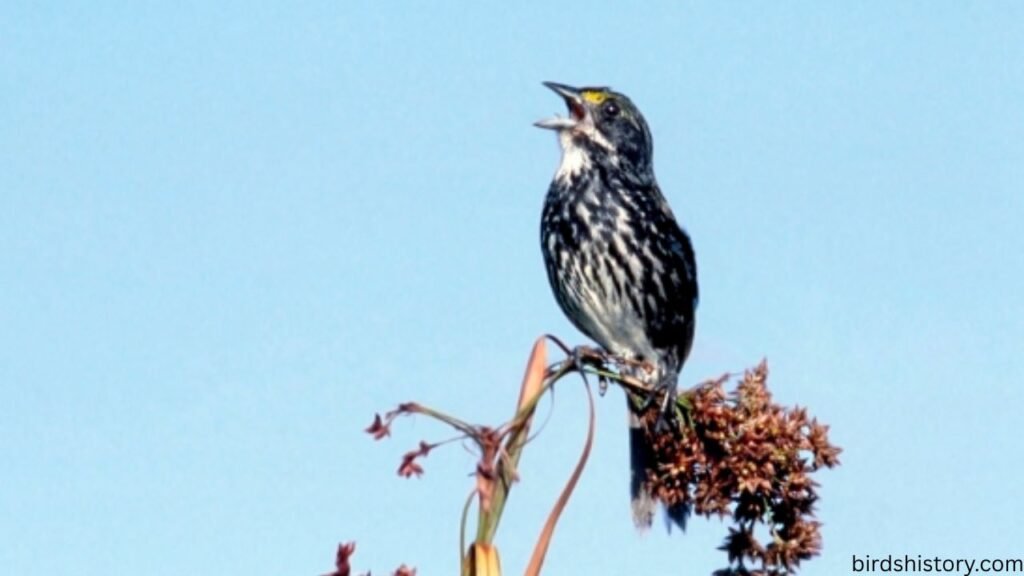
Conclusion / Summary
The Dusky Seaside Sparrow is a sobering reminder of how fragile some species are, especially when they occupy limited habitat and have specialized requirements. It was never abundant, its range was small, and its survival depended on very specific marsh conditions. When humans altered those conditions—through mosquito control, land modification, and pesticide use—the sparrow had nowhere else to go.
Despite efforts in the 1970s and ’80s to save it, by then the females had largely disappeared, the population was too small, and crossbreeding with related subspecies could not preserve the genetic line. The last “pure” bird died in captivity in 1987, and the subspecies was declared extinct in 1990.
The story teaches us important lessons:
- Conserving habitat is often more effective long before a collapse becomes obvious.
- Species with very narrow ecological needs are especially vulnerable.
- Even well-intentioned human activities (mosquito control, development) can have sweeping unintended consequences.
Though the Dusky Seaside Sparrow no longer sings, its story still has value. It encourages better decisions for species still hanging on, and it reminds us that extinction is not just a natural process—it often involves human choices.
FAQs About Dusky Seaside Sparrow
- What caused the Dusky Seaside Sparrow to go extinct?
The decline resulted from habitat loss (flooding, marsh drainage, mosquito-control impoundments), pesticide use, and pollution. These destroyed or altered much of its limited salt marsh habitat. By the late 1970s, only a few males remained. - When was the last Dusky Seaside Sparrow seen?
The last known pure individual, “Orange Band,” died on June 17, 1987. The subspecies was officially declared extinct in 1990. - Did Dusky Seaside Sparrow try to save the species?
Yes. There were efforts to establish a captive breeding program and to crossbreed with a related subspecies (Scott’s seaside sparrow). But these efforts failed because there were no pure females left. - Where did Dusky Seaside Sparrow bird live?
It lived only in salt marshes in southern Florida — mainly Merritt Island and along the St. Johns River. These marshes provided nesting material and prey in the cordgrass zones. - What did Dusky Seaside Sparrow look like?
It had darker plumage than many seaside sparrows, with heavy streaks on the chest. It had a pointed bill and adapted well for marsh habitat. It looked much like related seaside sparrows but was distinguishable by its song and dusky coloration. - Was Dusky Seaside Sparrow a migratory bird?
No. The Dusky Seaside Sparrow was non-migratory. It stayed in its small salt-marsh range year round. - What did Dusky Seaside Sparrow eat?
Its diet likely consisted of insects, small marsh invertebrates, and possibly seeds. Foraging would occur among marsh vegetation and mud. - How many were left at the end?
By 1979, there were only six males known. The last female was seen around 1975. The captive breeding program only had male dusky sparrows left by that point. - Why couldn’t crossbreeding help?
Crossbreeding with Scott’s seaside sparrow was attempted. But without any pure females, you cannot preserve a pure genetic line, and hybrids do not fully replace the original subspecies. Also policy and interpretation of endangered species regulations complicated the process. - What does this story teach about Dusky Seaside Sparrow conservation?
It shows that protection efforts delayed are often too late. Species that live in narrow habitats or have specific ecological needs can be lost quickly if those habitats are altered. Additionally, thoughtful policy—especially in how we treat hybrids or genetic lines—is part of what can make or break conservation.
